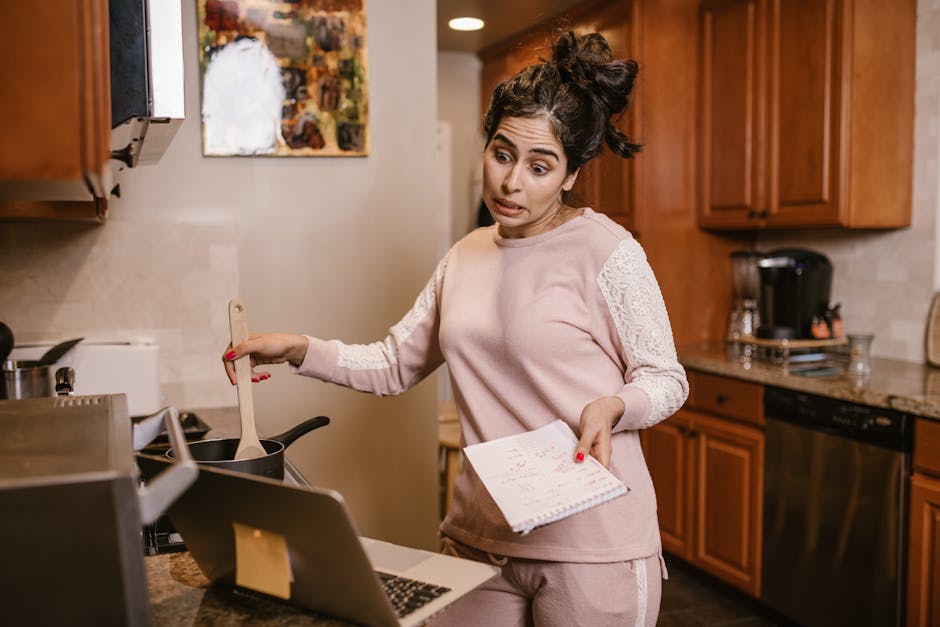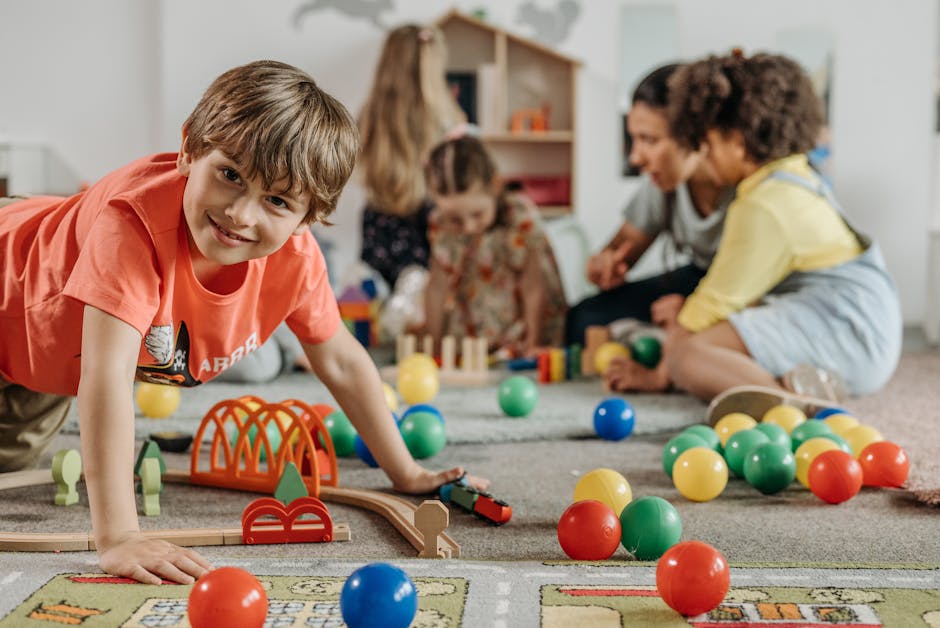Gastronomy for Good Behavior: Unleash Dog Training Success
When we think about dog training, culinary classes might not be the first thing that comes to mind. Yet, there's an intriguing intersection between gastronomy and canine behavior that promises to enhance your dog's learning experience. "Gastronomy for Good Behavior" reimagines traditional training methods by integrating culinary activities that can foster better behavior and strengthen bonds between you and your furry friend. Could cooking classes for dogs actually influence training outcomes? The answer is a resounding yes.
Culinary Canines: The Unexpected Approach to Training
Training dogs isn't solely about commands and obedience; it's about understanding and cultivating a relationship with our pets. Surprisingly, the act of cooking—specifically creating food-based experiences—can significantly improve a dog's educational outcomes as well as their emotional well-being. Cooking classes designed for dogs can take various shapes, from hands-on cooking demonstrations to classes highlighting nutrition and food engagement.
When dogs engage their senses through cooking—especially olfactory and gustatory stimuli—they are more receptive to learning and behaviors. This concept aligns closely with current trends toward behavioral and emotional intelligence, as detailed in articles like Fostering Emotional Intelligence in Pets. Just as we thrive in vibrant environments, so do our canine companions.
Cooking Classes: A Flavorful Boost in Training
The Sensory Advantage of Cooking
Cooking offers dogs a multi-dimensional experience. As they see you chop, stir, and mix, their senses are ignited. The smell of cooking food can stimulate a dog's appetite, curiosity, and motivation. These positive stimuli encourage dogs to participate actively in their training.
Engaging their senses can be transformative. When a dog is involved in the cooking process—whether it’s sniffing ingredients or savoring the end result—their behavioral responses improve. Engaging multiple senses has profound impacts on learning, a point well articulated in articles exploring innovative training methods, such as Using Virtual Reality to Enhance Pet Training.
Social Benefits of Cooking Classes

Dog cooking classes are also a fantastic way to promote socialization. By learning in a group setting, dogs encounter various breeds, sizes, and temperaments. This creates opportunities for positive interactions and can help reduce anxiety and fear in new environments. Socialization through collaborative cooking projects encourages companionship and diminishes behavioral issues related to fear and aggression.
Integrating Cooking and Training Techniques

Combining culinary classes with established training principles can elevate the effectiveness of both. Here’s how:
Positive Reinforcement through Cooking

Utilizing food as a training tool has long been a staple in pet education. Cooking classes allow pet owners to embrace this method creatively. For instance:
- Home-Made Treats: Incorporate homemade dog treats made from wholesome ingredients. Dogs love learning when their efforts are rewarded with something yummy.
- Interactive Training: Combining cooking with positive reinforcement means offering a treat each time they execute a command correctly. As dogs begin to associate the action of cooking with positive outcomes, you will witness improved focus and behavior.
Cognitive Development

Cooking classes also promote mental stimulation. While dogs engage in cooking activities, they can be challenged mentally through tasks like searching for specific ingredients or following structured recipes. This cognitive engagement acts similar to puzzle toys—keeping your dog alert and attentive.
Building Bonds Through Culinary Experiences

Enhancing the Human-Dog Connection

Cooking together elevates the bond between you and your dog. The shared experience of preparing meals not only fosters trust but also enhances your understanding of your pet’s emotional signals. This bond is crucial for effective training. As discussed in articles focusing on emotional bonds like Unlocking Your Pet's Potential: The Science of Scent Training, understanding these signals can lead to improved communication during training.
Cooking Tips for Training Reinforcement

Healthy Ingredients Matter

When you embark on culinary ventures with your dog, it’s vital to utilize healthy, dog-safe ingredients. Common staples include:
- Lean Meats: Turkey, chicken, and beef—ensuring they are cooked plain, without spices.
- Vegetables: Carrots, peas, and sweet potatoes are nutritious and well-loved by many dogs.
- Grains: Brown rice or oats can be healthy add-ins, but always check for allergies.
The right ingredients will not only improve your dog’s nutritional intake but also their likelihood of engaging positively in training.
Incorporating Command Training during Cooking

While preparing food, implement basic commands into the process. For instance, have your dog sit and stay before rewarding them with a taste test or a topping. This method reinforces desirable behaviors while creating anticipation for the food. It’s a win-win situation!
Unique Experiences: Beyond Basic Training

Engaging All Senses

Leading a cooking class can also incorporate activities that engage senses beyond just smell and taste. For example:
- Visual Stimulation: Use colorful ingredients like vibrant vegetables or dog-safe fruits, appealing to a dog’s sight.
- Sound Connection: The sounds of chopping and sizzling can enhance their experience. Dogs, like humans, can be trained with sound cues, making them adept at responding to commands when linked to familiar kitchen sounds, much like those explored in The Soundtrack of Training.
Creative Exploration with Culinary Challenges

Consider thematic cooking classes focusing on different flavors or cuisines, such as "Italian Night" or "Baking Day." These unique experiences will not only set the stage for exciting training environments but also make it enjoyable for you and your dog.
Further Enrichment with Cooking

Varieties of Classes

Many pet care providers offer specialized classes that delve deeper into culinary arts. Look for events listed in your area aimed at enhancing dog behavior through the joy of cooking. Alternatively, you can host cooking-themed training sessions at home—encouraging your friends to join the ‘cooking for paws’ movement!
DIY Dog Food vs. Store-Bought

The age-old debate continues: homemade or store-bought? While store-bought food is convenient, cooking offers you the chance to know exactly what your dog consumes. You can tailor meals to fit their specific needs, test recipes that encourage them to behave better, and feel good about what they’re eating.
Final Thoughts: Embark on Your Culinary Training Journey

Cooking classes for dogs create a dynamic, engaging, and profoundly rewarding way to enhance pet training. They bridge the gap between learning and fun, allowing for improved communication, stronger bonds, and better training results. As you embark on your culinary journey, remember to enjoy the process. The kitchen is not just a place for food; it’s where memories, skills, and valuable training happen. Don’t forget to try your hand at different culinary techniques tailored to your dog's needs, and embrace the exploration along the way.
As you venture into the world of dog-friendly cuisine, the outcomes are limitless. Your dog will not only learn new skills but will also grow emotionally, socially, and cognitively. Ready to get started? Check local classes, invite friends, and, most importantly, have fun while cooking your way to a more well-behaved dog!





